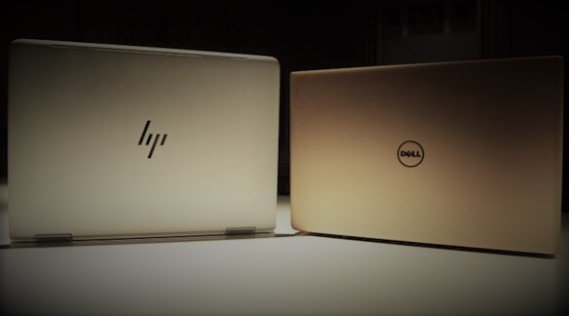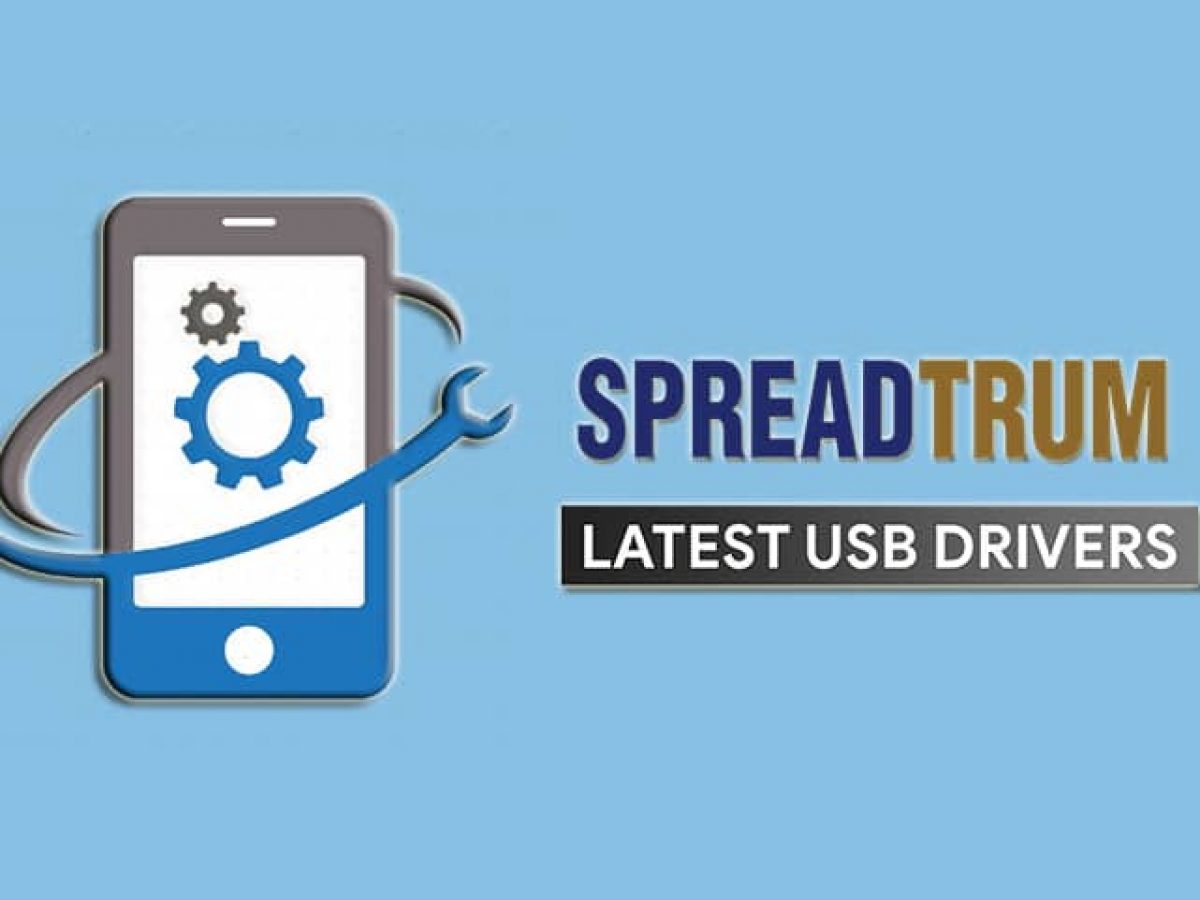Here is the answer to how do i get my computer to recognize a USB device. Try the offered troubleshooting steps if your USB drive is not detected, recognized or showing up while plugging in.
Speed-Link Medusa 5.1 8793 - version. I have my audigy 2 ZS drivers installed. Just need the headset drivers can't find them anywhere can someone help please. The package provides the installation files for Research in Motion BlackBerry Smartphone Device Driver version 4.2.0.37. In order to manually update your driver, follow the steps below (the next steps): 1. Go to Device Manager (right click on My Computer, choose Manage and then find Device Manager in the left panel) 2.
Thumb Drive: A USB Flash Drive is essentially NAND-type flash memory integrated with a USB 1.1 or 2.0 interface used as a small, lightweight, removable data storage device. This hot swappable, non-volatile, solid-state device is usually compatible with systems that support the USB version that the drive uses. Nearly every hardware manufacturer in the world has a website with detailed support information including driver downloads, manuals, troubleshooting information, etc. To continue with the example from above, we were able to research that information online to reach the NVIDIA GeForce Drivers page to download the driver we needed.
'I have an 8 GB Transcend flash drive. When I plug it in my laptop for data transfer, it is not even detected and I can not see it in My Computer. Why did this happen and is there any fix that I can try to get the USB device recognized?'
Five Steps to Get USB Recognized
Have you ever run into a similar USB device not recognized issue? The symptoms of the problem vary in different situations. You may
- Receive a USB device malfunctioned error in the lower right corner with 'The last USB device you connected to this computer malfunctioned, and Windows does not recognize it.' error message.
- See unknown USB device (device descriptor request failed) error in device manager.
- Get no error message but just find the USB drive not showing up in my Computer.

1 - Check If the USB Device is Recognized on Another Laptop.
If it is still not detected, it suggests that the USB device might be corrupted. Then you will need to check and repair disk errors.
If it is detected, move to the next step to check and fix the problem.
2 - Run Device Troubleshooter.
1) Go to Start > Control Panel > search 'troubleshooter' and then click 'Troubleshooting' > Hardware and Sound > Configure a Device.
2) Follow on-screen instruction, and click on Apply this fix if any problem is found.

This helps if USB device not recognized happens because of Windows miss other important updates hardware or due to software issues. If it doesn't work, move to step 3.
3 - Uninstall and re-install USB controllers
1) Open Device Manager.
2) Expand Universal Serial Bus controllers. Right-click a device and select Uninstall. Repeat for each device.
3) Restart your PC and your USB controllers will automatically re-installed.
Your computer will then recognize the USB device if the issue occurred because the currently loaded USB driver has become unstable or corrupted. And if the problem still exists, proceed to step 4.
4 - Disable USB selective suspend setting.

Medusa
1) Click Start button, type power plan in the Search box, and then select Choose a power plan.
2) Next to your currently selected plan, select Change Plan Settings.
3) Select Change advanced power settings.
4) Select the box to expand USB Settings > USB selective suspend settings.
5) Select Plugged in, select the drop-down menu, and then select disabled.
6) If you're using a laptop, select Battery, select the drop-down menu, and then select disabled.
7) Select Apply > OK.
This method can help your computer recognize a USB device by preventing your USB external drive from powering down.
5 - Recover data and reformat the USB drive to make it recognized
These are all the troubleshooting steps that you can try to make your computer recognize a USB device. If none of them resolve your issue, our advice is to try EaseUS data recovery software to recover your data and then format the USB drive for repair.
Step 1. Run USB data recovery software.

Connect the USB flash drive to your computer and launch EaseUS USB data recovery software on your PC. Select your USB drive which marks as a removable disk, and click 'Scan' to start finding your lost files.
Step 2. Scan all lost files from USB.
Drivers Medusa Research Usb Devices Download
EaseUS Data Recovery Wizard will thoroughly scan your USB flash drive and find all your lost data on it. After the scanning process, use the Filter feature to filter a specific file type. You can check and preview found USB files in this program.
Step 3. Restore all lost files from USB.
Drivers Medusa Research Usb Devices Pc Camera
A double-click will allow you to preview the file results. Choose the target files and click 'Recover' to save them to a secure location on your PC or other external storage devices.